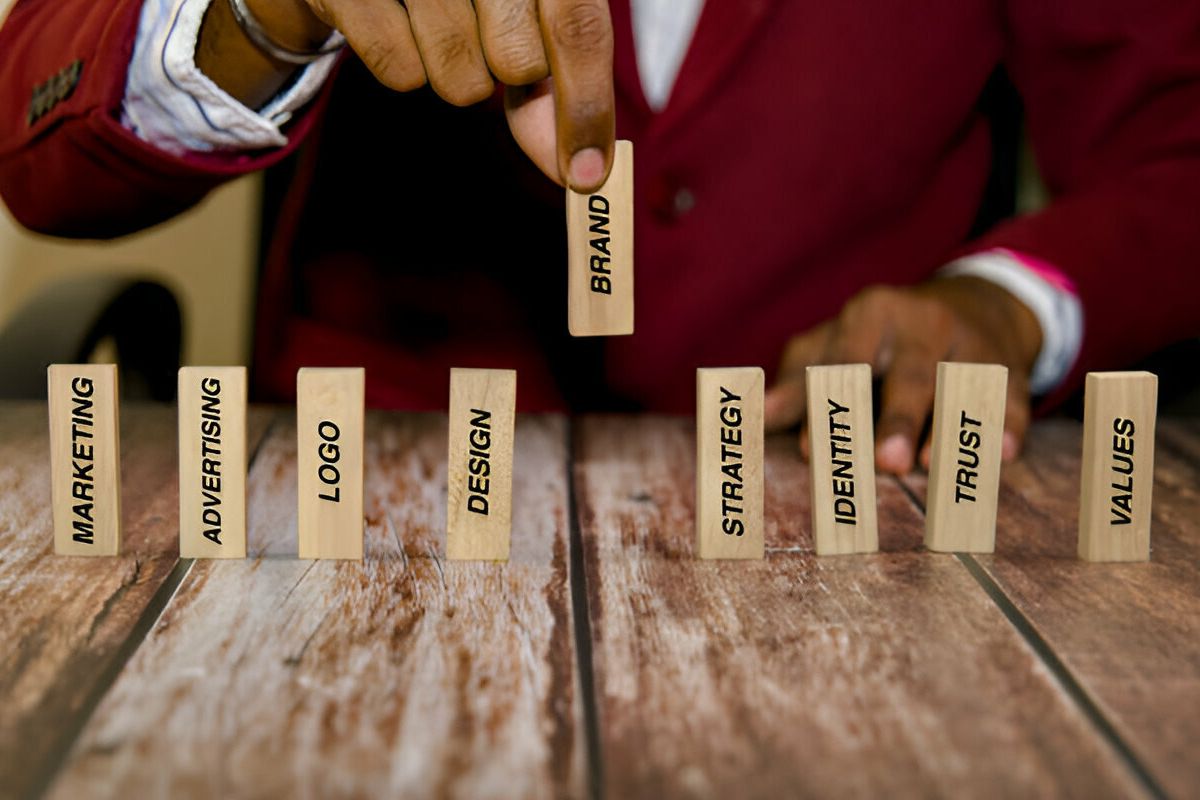
The Future of Product Photography with AI
In the fast-paced world of e-commerce, high-quality visuals are essential for capturing consumer attention and driving sales. Traditionally, businesses have relied on expensive photo shoots, professional photographers, and complex editing software to create compelling product images. However, the rise of artificial intelligence has revolutionized the way product images are generated. AI-powered solutions now enable businesses to create stunning visuals without the need for physical photoshoots, significantly reducing costs and time investment.
With AI technology, product images can be generated from scratch using advanced algorithms, eliminating the need for traditional photography. This not only speeds up the content creation process but also ensures a consistent and professional look across all platforms. As online marketplaces become more competitive, businesses leveraging AI for product image generation gain a significant edge over those still relying on conventional methods.
How AI Generates Product Images from Scratch
AI-powered image generation relies on deep learning models that analyze vast datasets to create realistic visuals. These models understand textures, lighting, and object structures, allowing them to generate high-resolution images that closely resemble real-world products. Unlike traditional photography, AI does not require an actual product to be physically photographed—everything is created digitally based on input parameters.
This process involves feeding AI with prompts, such as product descriptions or reference images, and letting the system generate realistic images accordingly. Advanced AI models can customize colors, backgrounds, lighting, and angles to match brand aesthetics, ensuring every product image aligns with a company’s marketing goals. As a result, businesses can produce high-quality visuals without investing in professional studios, camera equipment, or post-production editing.
Why AI-Generated Product Images Are Game-Changing
The ability to generate product images with AI offers several advantages, making it an invaluable asset for e-commerce brands, marketers, and content creators. First and foremost, it drastically reduces production costs by eliminating expenses related to professional photography, models, and location rentals. AI-generated images are also highly scalable, allowing businesses to produce multiple variations of a single product in different settings and styles without additional costs.
Moreover, AI-generated images enhance efficiency. Traditional photoshoots can take days or even weeks, from planning and shooting to editing and finalizing images. AI, on the other hand, can create a library of professional-grade product images within minutes. This rapid turnaround time enables brands to launch new products faster and respond to market trends more effectively.
Another key benefit is creative flexibility. AI can generate unique visuals tailored to different audiences, promotional campaigns, or seasonal changes. Brands can easily experiment with different styles, colors, and backgrounds, ensuring their product images remain fresh and engaging.
Choosing the Right AI Tool for Product Image Generation
When selecting an AI solution for generating product images, it’s crucial to consider the features that align with your business needs. Some AI tools specialize in creating hyper-realistic product images, while others focus on generating stylized visuals for marketing campaigns. Understanding the level of customization, resolution quality, and ease of use can help businesses choose the right tool.
For those looking for an AI image generator that offers advanced capabilities, exploring platforms that provide intuitive interfaces and high-quality outputs is essential. A well-designed AI tool should allow users to adjust elements like textures, backgrounds, and lighting to ensure the final image meets branding and promotional requirements.
Additionally, consider AI solutions that integrate with e-commerce platforms, enabling seamless product uploads and updates. The ability to generate and modify product images directly within an online store can significantly enhance workflow efficiency.
Boosting Engagement with AI-Generated Visual Content
Product images are more than just visual representations—they influence purchasing decisions, brand perception, and customer trust. AI-generated visuals, when used strategically, can enhance marketing efforts by creating immersive shopping experiences. High-quality images increase conversion rates, as consumers are more likely to purchase products when they can see them in realistic, appealing settings.
AI-generated images also support omnichannel marketing strategies. Whether for social media ads, website banners, or promotional emails, brands can generate tailor-made visuals for different platforms, ensuring consistency across all digital touchpoints. By leveraging AI, businesses can create attention-grabbing content that stands out in crowded online marketplaces.
Enhancing Product Listings with AI-Generated Videos
Beyond static images, AI technology extends its capabilities to video content, making it possible to generate product demonstration videos without traditional filming. Businesses can integrate AI-generated visuals with video apps to create dynamic product showcases, boosting engagement and capturing audience interest. Video content is known to drive higher conversion rates, and AI-powered tools streamline the process by automating video creation based on product descriptions and images.
This approach allows brands to present their products in an engaging format without investing in costly video production teams. Whether for social media, product pages, or advertisements, AI-generated videos complement static images and provide a more comprehensive view of products, ultimately driving more sales.
The Future of AI-Generated Product Images
As AI technology continues to advance, the quality and realism of AI-generated product images will only improve. Future developments may include interactive and 3D-rendered product images, allowing consumers to view products from multiple angles and even interact with them in virtual environments. AI-driven personalization will also play a crucial role, enabling brands to create customized visuals that resonate with individual customer preferences.
With e-commerce constantly evolving, staying ahead of the competition requires innovation. Businesses that embrace AI-powered image generation will not only save time and costs but also enhance their brand presence and boost sales. As AI becomes more sophisticated, its role in product visualization will continue to expand, shaping the future of digital commerce.
Also Read: JBL Xtreme 2: Your Outdoor Audio Companion
